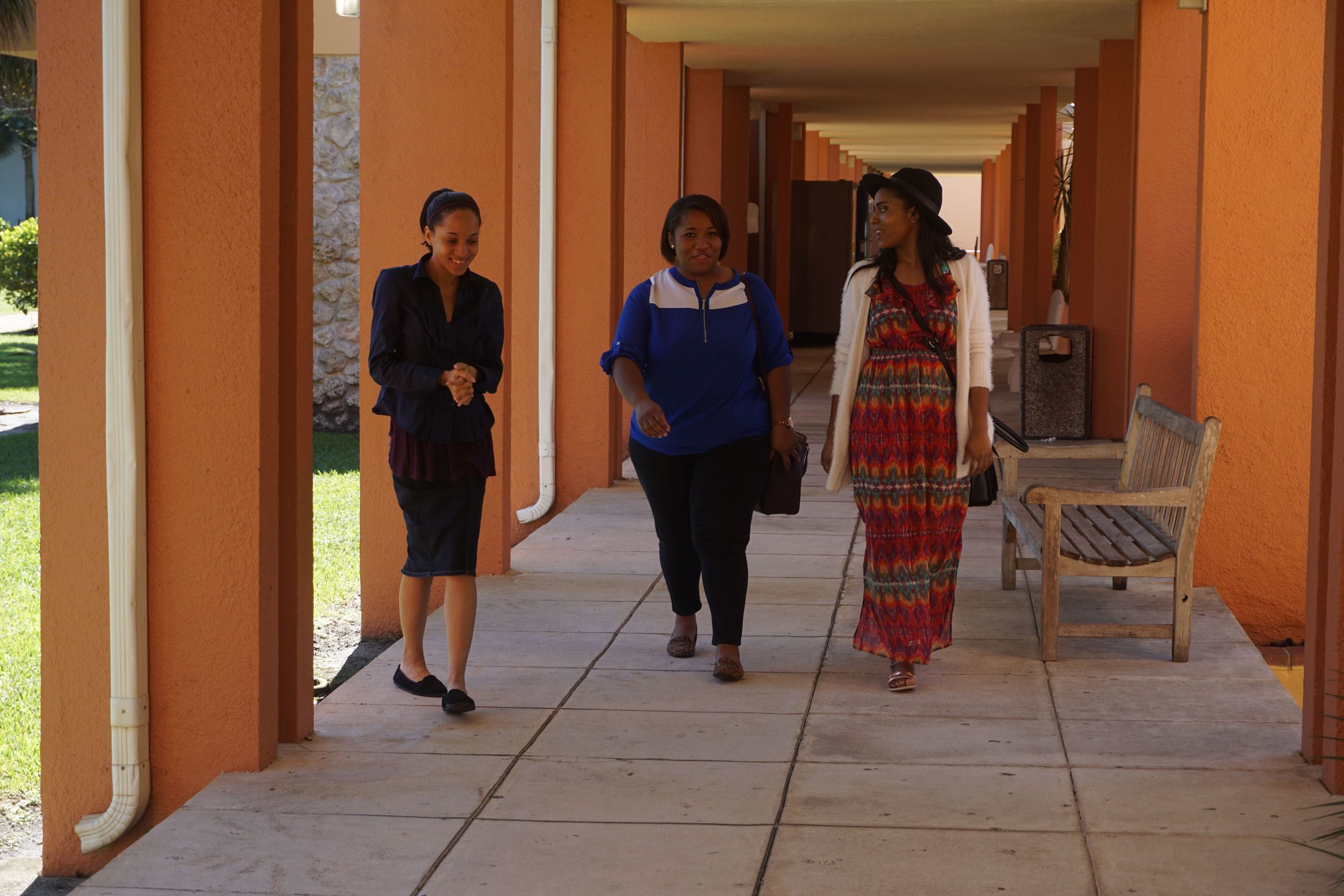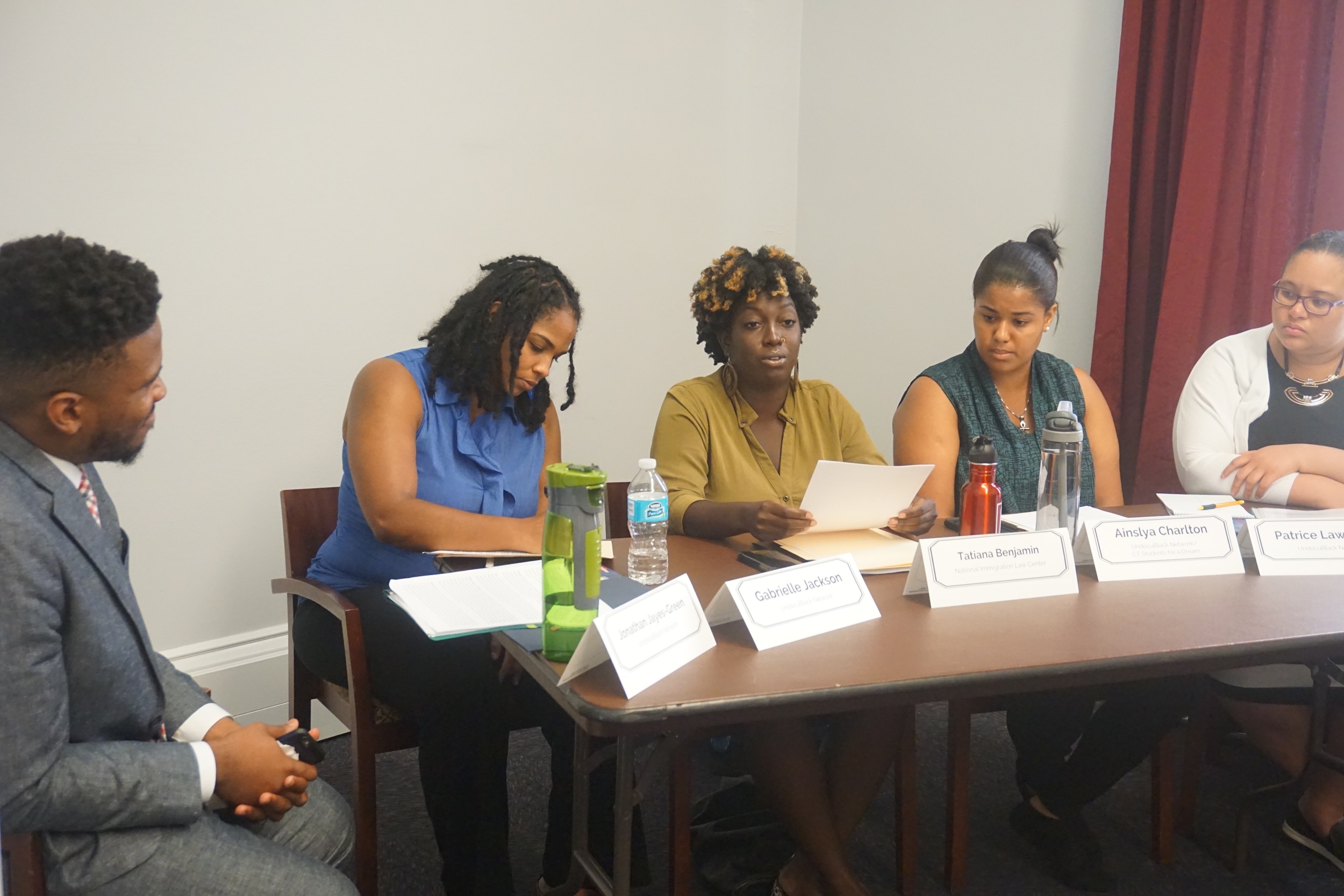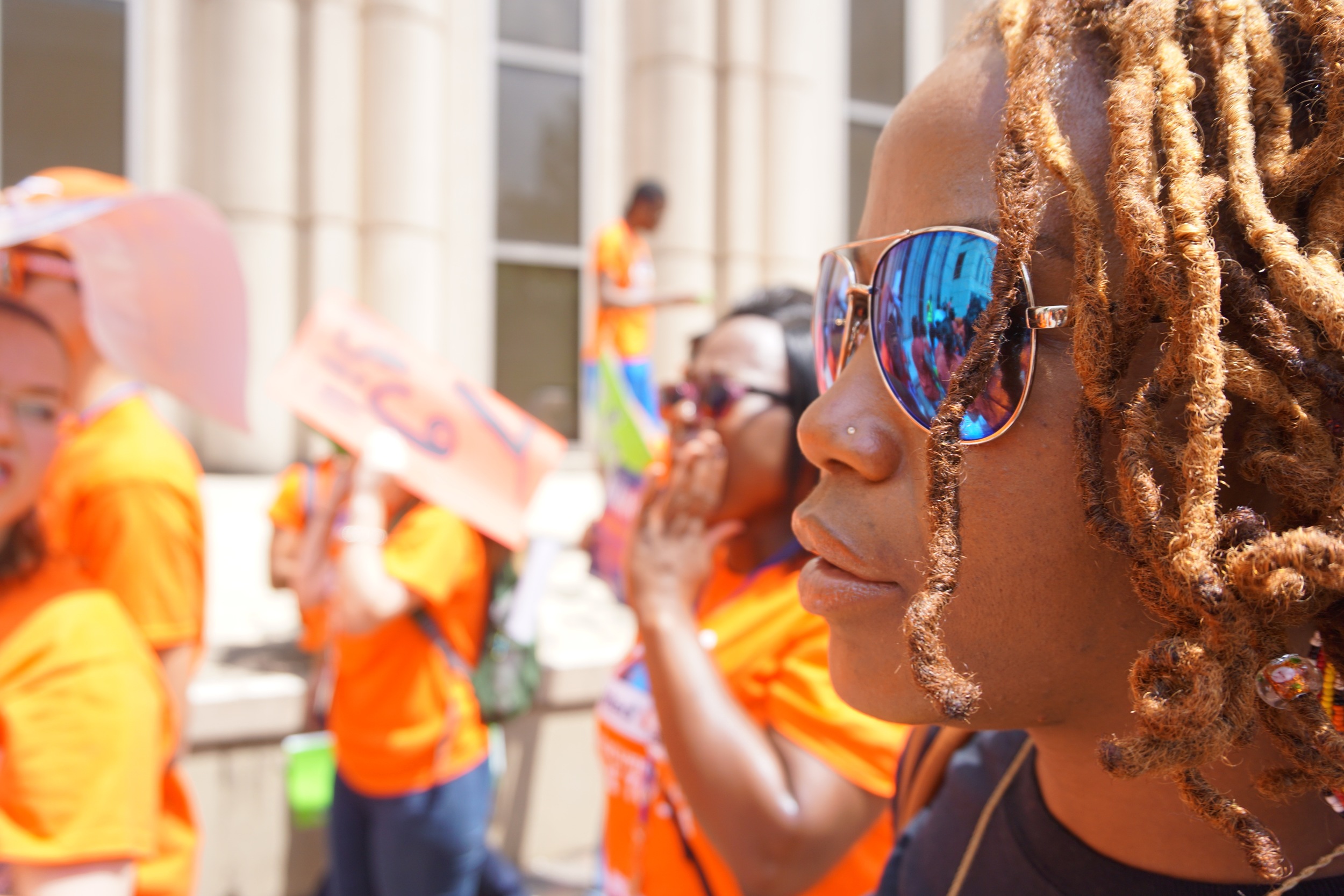H.R. 6: The American Dream and Promise Act of 2019
Summary:
The Dream and Promise Act of 2019 creates a pathway to citizenship for immigrant youth, known as Dreamers who came to the country as children as well as current and or potential Temporary Protected Status (TPS) holders, and Deferred Enforced Departure (DED) holders. The bill outlines parameters to first grant conditional permanent resident (CPR) status and a roadmap to lawful permanent resident (LPR) status and eventual citizenship for immigrant youth who entered before the age of 18, have four or more years of residency, and graduated from high school (or similar) as well as the opportunity for current or potential TPS and DED holders who have three or more years of residency to apply for LPR status and eventual citizenship.
The bill outlines the process to adjust status in two, one for immigrant youth, and another for TPS and DED holders.
The Process
Immigrant Youth
Qualifications:
To be eligible for relief, the applicant must:
Have entered the U.S. before they are 17 years old,
Have been physically and continuously present in the country for at least 4 years before the bill is enacted,
Pass thorough criminal restrictions and admissibility requirements, and
Be enrolled in school, or have earned at least a high school diploma or GED or higher education degree.
Deferred Admission for Childhood Arrivals (DACA) recipients automatically qualify for the program as are individuals who would have qualified for DACA, and certain persons who were removed after January 20, 2017, can apply from abroad.
Applicants who meet the eligibility criteria then enter a conditional permanent resident (CPR) status, that grants protection from deportation and legal work authorization. To complete this step, the applicant must pay a fee and endure a background check.
After they are granted CPR status they have up to ten years to meet certain additional education, military, or work requirements to then qualify for an adjustment to Lawful Permanent Residence (LPR) status.
Specifically, the individual must accomplish at least one of the following:
Graduate from a two-year college or technical school;
Complete at least two years towards a 4-year degree;
Complete at least two years of military service; or
Work for at least three years and at least 75 percent of the time that the individual had work authorization
Once those requirements have been met, the condition may be lifted -- and LPR status granted -- if the individual pays an additional fee, passes another background check, and takes and passes the naturalization civics exam. An individual is not required to wait a certain period of time before applying for permanent resident status after becoming a conditional resident.
TPS and DED holders
Qualifications:
To qualify as a TPS or DED holder, an individual must be a national of one of the 13 countries that were designated for TPS on September 28, 2016, and must have had TPS or DED on that date, or met the requirements for either program.
Requirements include:
continuous residence in the U.S. since the date specified when the country they are from was last designated for TPS or DED. For example, people from El Salvador must have continuously resided in the U.S. since February 13, 2001, those from Haiti, since January 12, 2011, etc.
In addition, the applicant must have been continuously physically present in the U.S. for at least three years before the date of enactment and must meet certain other admissibility requirements.
An otherwise eligible individual who can’t meet the three-year continuous physical presence requirement may apply from abroad if they left after September 25, 2016, due to the expiration of TPS or DED and can show that she was continuously physically present for at least 3 years before leaving.
Process:
The process for adjusting to LPR status based on TPS or DED eligibility is much simpler than the one for Dreamers. An individual must apply within three years of the bill’s enactment and show that they meet the above requirements. Those who apply are protected from removal and may work legally while the application is pending.
How Does H.R. 6 Help Immigrant Youth?
LPR Status. Provides LPR status to CPR holders who:
serve in the Uniformed Services for two years;
complete two years at or obtain a degree from an institution of higher education; or
work 75 percent of the time in CPR status (with flexible evidentiary burdens such as affidavits).
**Longer CPR Status. Extends the length of CPR status from eight to ten years to give applicants more time to fulfil requirements.**
Removes Barriers to In-State Tuition. Makes it easier for states to provide in-state tuition for immigrant students.
Federal Financial Aid. Establishes that CPR holders are eligible for federal loans, work study, services, but not grants.
Expands Stays of Removal. Stays the removal of minors who are not yet eligible for relief but may become eligible in the future; and who temporarily unenroll from school.
Better Hardship Standard. Permits CPR holders to obtain LPR status without satisfying the employment, military, or educational tracks if their deportation would cause “hardship” to themselves or immediate family members (instead of “extreme hardship”).
Apprenticeship Eligibility. Includes apprenticeship programs as a qualifying education to obtain CPR status.
No Medical Examination. Eliminates the costly medical examination for applicants.
Caps Fee. Establishes a fee ceiling of $495 for immigrant youth applying for CPR status.
Professional Licenses. Clarifies that CPR holders can access professional, commercial, and business licenses.
Career and Technical Education. Permits CPR holders who obtain a certificate or credential from an area career and technical education school to obtain LPR status.
Criminal and Inadmissibility Bars. Updates the criminal background bars and inadmissibility requirements.
How Does H.R. 6 Help TPS and DED Holders?
LPR Status. Provides LPR status for TPS and DED holders (and those who were eligible but did not apply) who apply within three years from the date of enactment if they:
had at least three years of continuous residence (as well as residence since the date required the last time that the person’s nation of origin was designated); and
were eligible for, or had: TPS on Sept. 25, 2016; or DED on Sept. 28, 2016. This includes nationals of 13 countries: El Salvador, Guinea, Haiti, Honduras, Liberia, Nepal, Nicaragua, Sierra Leone, Somalia, South Sudan, Sudan, Syria, and Yemen.
Stay of Removal. Stays the removal (deportation) of individuals while an application is pending.
Caps Fee. Establishes a max fee of $1,140 for TPS and DED holders applying for LPR status.
Transparency for TPS. Requires the Secretary of DHS to provide an explanation and report within three days of publishing notice to terminate TPS designation for certain nationals.
How Does H.R. 6 Help Both?
Deported Immigrants Eligible. Enables certain immigrant youth deported under the Trump Administration and TPS holders and DED recipients deported as of September 2016 to apply for relief from abroad.
Protections for Detained and Non-Detained. Allows immigrants in deportation proceedings, including those in detention, to apply for relief under the Act; and protects eligible applicants from deportation.
Grant Program. Establishes a grant program for nonprofit organizations to assist applicants.
Advance Parole and Employment Authorization. Allows individuals with a pending application to apply for advance parole and employment authorization (a work permit).
Adjustment Through Existing Channels. Clarifies that individuals may apply for LPR status through existing legal pathways, such as through family - or employment-based sponsorship.





